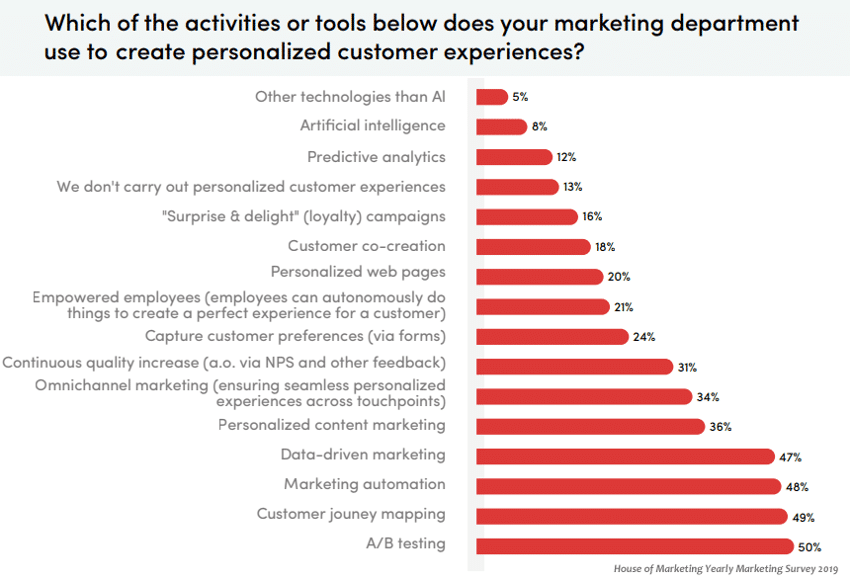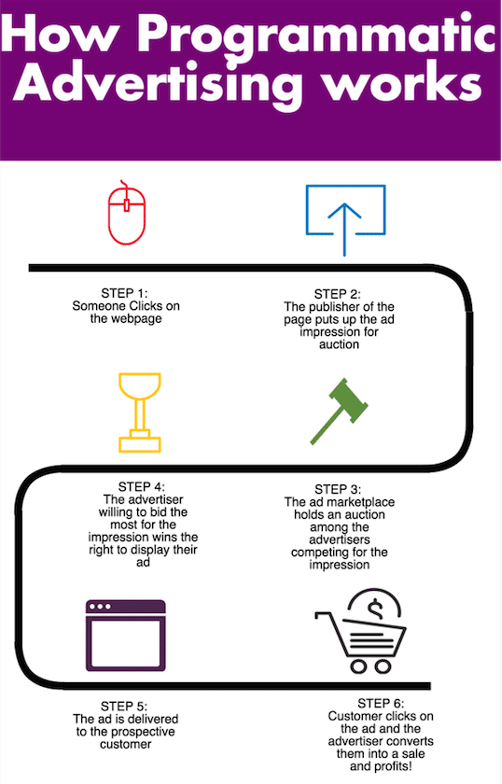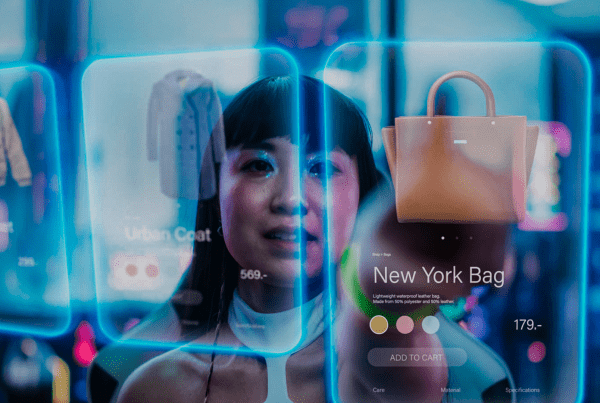
Miguel Afonso Gonçalves
– Copywriter e Travel Blogger –
Whoever has never heard the expression “my Internet is different from yours”? The growing personalization of the online experience of every internet user is just one of the many principles that shape Web3, or Web 3.0.
And if expressions like these are already a constant, it’s probably because Web 3.0 is no longer just a dream or a mirage.
Although I have known the concepts, I clearly recall, one of the first times I ever heard of the terms “marketing automation” and “programmatic advertising” as tools taking prominent positions in the development of a business.
Whoever has never heard the expression “my Internet is different from yours”? The growing personalization of the online experience of every internet user is just one of the many principles that shape Web3, or Web 3.0.
And if expressions like these are already a constant, it’s probably because Web 3.0 is no longer just a dream or a mirage.
Although I have known the concepts, I clearly recall, one of the first times I ever heard of the terms “marketing automation” and “programmatic advertising” as tools taking prominent positions in the development of a business.
A couple of years ago, in the middle of an editorial of a well-known media outlet, for another interview of my master’s thesis, these terms echoed multiple times within the answers I was getting.
In fact, the marketing manager of that same entity told me, programmatic advertising had not only changed the business format of selling advertising spaces to advertisers, but it had also redefined the communication and marketing strategy itself in the business-to-business segment.
Now, what is this marketing jargon, which is being pointed out as (essential) trends in 2022 by many specialized publications in the area?
Integration of new technologies
It cannot be said to be a novelty, but the inclusion of new software and technologies, supported by more complete and developed algorithms and artificial intelligence mechanisms, are a continuous bet in marketing efforts. And why are they so crucial to business?
Let us begin by recognizing that having the word “advertising” in the name, will certainly be a tool to communicate services, products, ideas, values, dreams: brands.
At the beginning of this century, Seth Godin debated in his iconic book Purple Cow, the real effectiveness of advertising of those days, whether because there was too much “advertising noise”, or because most advertising was not truly differentiating. Almost twenty years later, we can challenge the assumption because we have more and more intelligent tools to help us.
There are numerous ways to be successful in communicating with an audience. From the outset, the path will be different depending on the primary objective of a given action – whether on the one hand it is intended to give notoriety to the brand or product, or if on the other hand it is intended to generate leads and trigger a purchase process. Let us look with particular attention to the second scenario. One possibility – and a very interesting approach to business – is to know a priori that a particular audience is naturally, or potentially, receptive to our communication. Therefore, over the past few years, marketing automation has been a nuclear topic under discussion.
Marketing Automation
Before we move forward on this topic, let’s go to the numbers presented by the study “The Ultimate Marketing Automation statistics” of emailmonday.
With this presentation, the role that these tools have in the panorama of all marketing actions is indisputable. So let’s see what it means in practice.
Marketing automation is nothing more than the use of data-based software and technology analytics and artificial intelligence algorithms that personalize the message for consumers and potential consumers. And in what ways have brands used these mechanisms? These are the cases of chatbots, virtual assistants, predictive marketing or even – the main reason that brings us here – programmatic advertising.
Programmatic Advertising
Reviewing the path that was being covered in this article, it is inferred, from the outset, that programmatic advertising is based on the development of technologies allied to the fascinating universe of artificial intelligence. But in what way?
First, it is important to define the concept. Looking to be succinct and explicit, let’s look at the Digital Marketing Institute itself – the purchase of programmatic advertising is the use of software for the purchase of digital advertising spaces. Similar to the previous point, right?
Let’s also look attentively at three advantageous points of this tool, which calls itself the banner of optimizing digital marketing campaigns.
- It simplifies and streamlines the process of buying and selling advertising spaces. Instead of a long negotiation process between buyer and seller, an algorithm based on an online auction system (RTB or real time bidding) will find the advertising spot that best fits the value that the advertiser is willing to invest and the campaign’s runtime. It should not be forgotten, however, that it will not cease to be competing with hundreds of other advertisers, for the same space.
- More profitable and sustainable with a higher return on investment (ROI).
- As far as the target is concerned, this tool helps, on the one hand, to define the target audience strategically, in order to avoid wasting investment on visitors to a particular website that will not be potential consumers. After a process of analyzing data from each internet user, including geographical, demographic, behavioral criteria, among others, the algorithm selects the batch of those who are likely to be most interested in that specific announcement and, subsequently, may become consumers. On the other hand, at the limit, the reach of advertising is global,since the algorithm concentrates the worldwide network of available advertising spaces.
- Campaign performance is measurable in real time.
If you still have your eyes glued to this article right now, it is because the subject is particularly dear to you. So you’re going to ask me, “How do I put this into practice?”. During the last decade, various platforms of management of programmatic advertising campaigns have been launched, among which are three that stand out: Adobe Marketing Cloud, DoubleClick, and AdRoll.
Marketing automation processes and programmatic advertising are, in theory, an added value to business in general.
Nevertheless, it is essential to have a team that coordinates internal efforts so that the leads achieved by the marketing team are effectively converted into consumers by the sales team.
In short, let’s cease to be surprised when after several searches on the City of London, multiple advertisements to buy flights to the English capital or book a hotel begin to appear. We are the main creators of “our” Internet, which is increasingly unique and unrepeatable on every phone, tablet or computer. Brands know this and the algorithms that underpin their advertising strategy collect our information daily with every click. The benefits of programmatic publicity are listed and the warnings of what can go wrong as well. You now know the rules. Shall we play?




 Source:
Source: 



